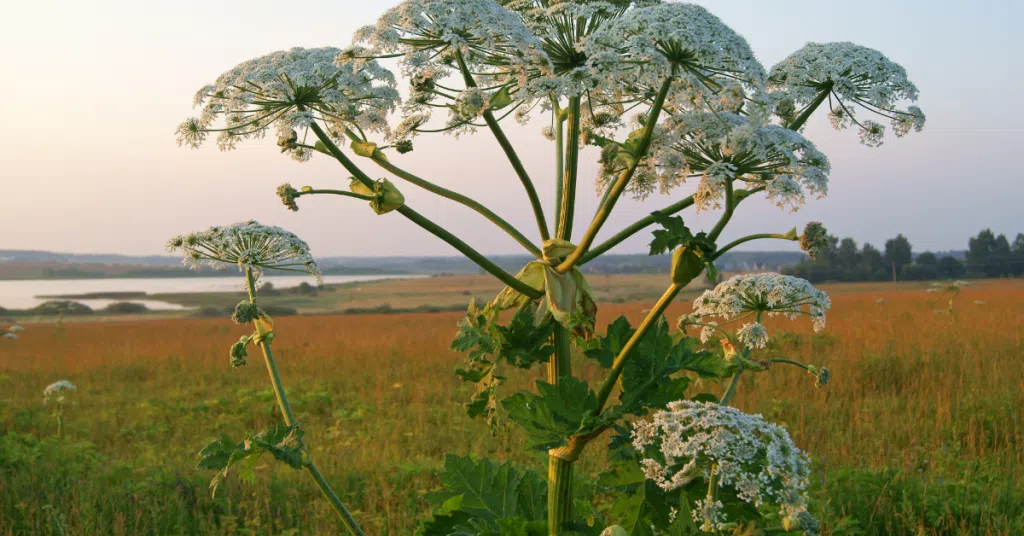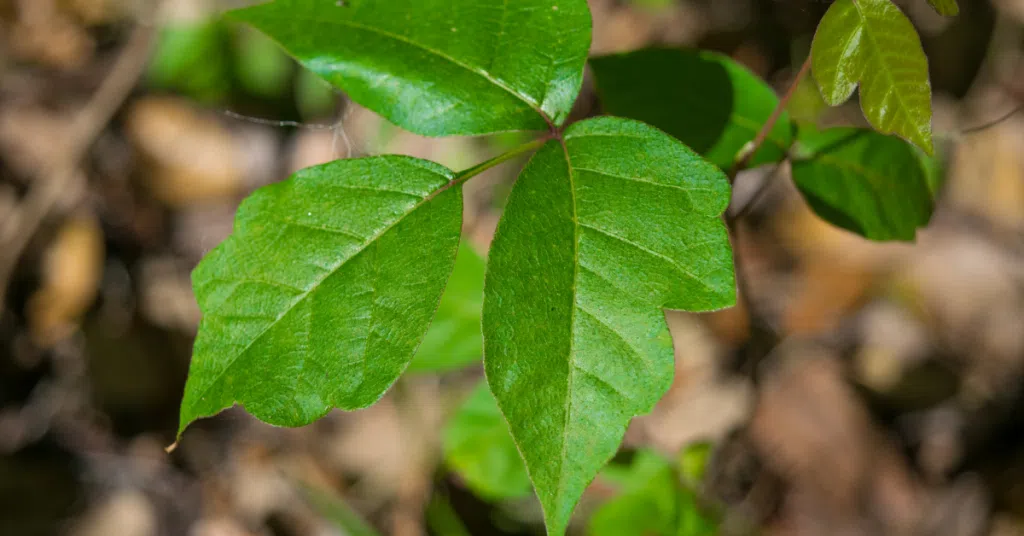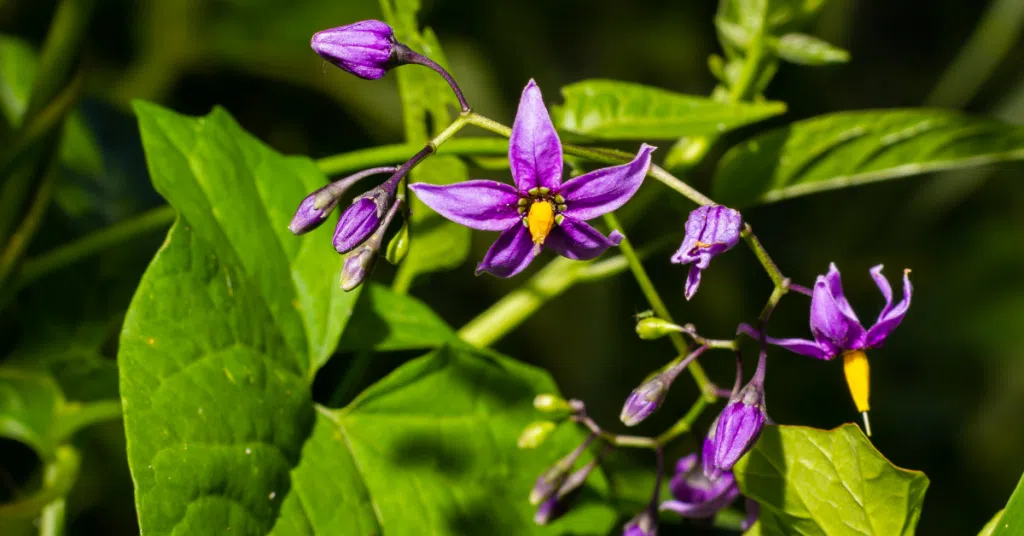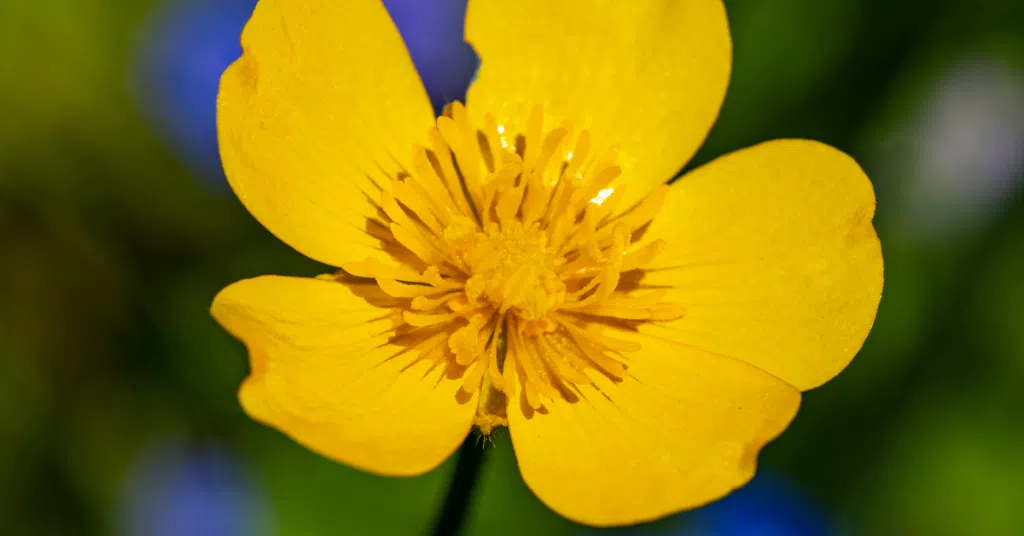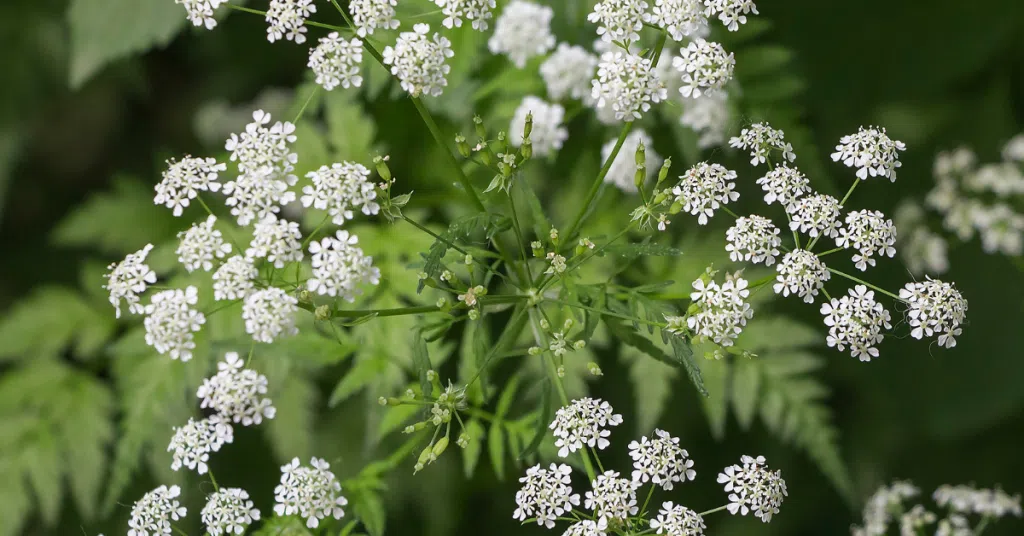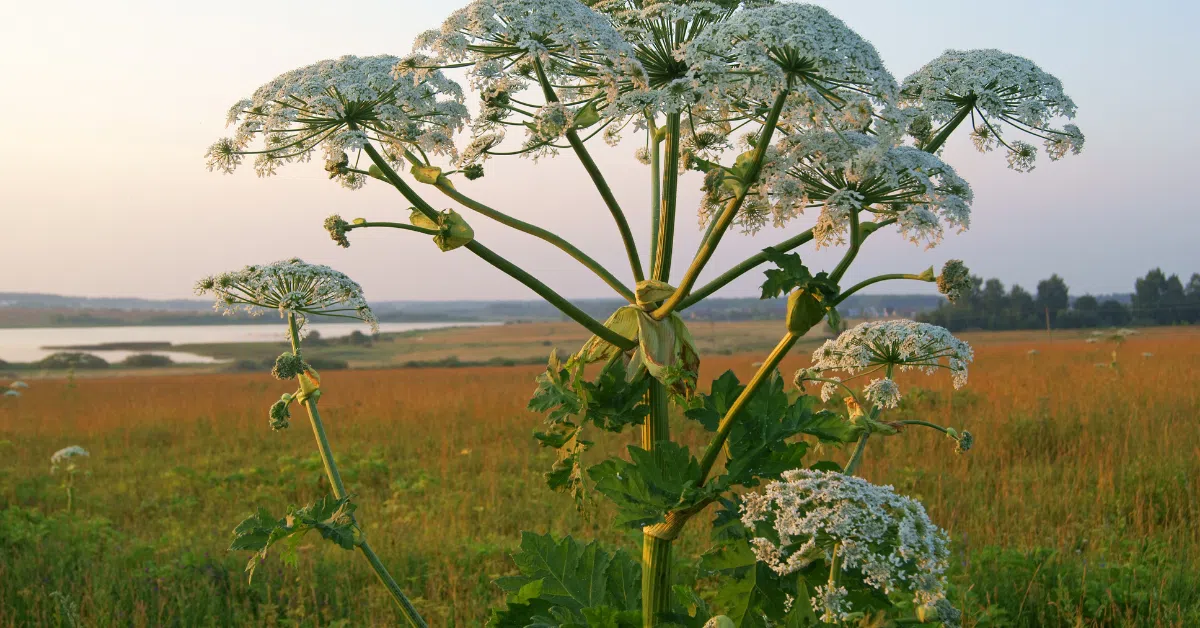When you’re out and about this summer, we all know to keep an eye out for ticks that can carry Lyme disease or other tick-borne illnesses. But did you know that some plants can be extremely dangerous too?
Sorry to say it, but these plants are quite common all over Nova Scotia. Here’s what they are, what they look like, and what to do if you come into contact with them.
1. Giant Hogweed
- Danger: Extremely toxic sap that causes severe skin burns and blisters when exposed to sunlight (a condition called phytophotodermatitis).
- Where: Found in ditches, riverbanks, and roadsides.
- Risk: Can cause permanent scarring and even temporary or permanent blindness if sap gets in the eyes
2.Poison Ivy in Nova Scotia
- Appearance: “Leaflets three, let it be.” Poison ivy has clusters of three leaflets, and can grow as a low shrub or climbing vine.
- Where: Found in wooded areas, along trails, and even in backyards.
3. Nightshade (Deadly Nightshade or Bittersweet Nightshade or Belladonna)
- Danger: Contains alkaloids like atropine and solanine.
- Where: Grows along fences and in wild areas.
- Risk: Can cause hallucinations, convulsions, and death if ingested
4. Creeping Buttercup
- Danger: Contains ranunculin, which is toxic when ingested and can irritate the skin.
- Where: Found in lawns, gardens, and meadows.
- Risk: Can cause vomiting, seizures, or even death in pets and livestock
5. Water Hemlock
- Danger: Contains cicutoxin, a powerful neurotoxin that affects the central nervous system.
- Where: Found in wet areas like ditches, marshes, stream banks, and meadows.
- Risk: Just a small amount can cause seizures, respiratory failure, and death—especially dangerous to children and livestock.
Stay away from any of these, as you can see some are worse than others and if you or someone you know has come in contact or injested one of these plants it’s best to call 911 or The Atlantic Canada Poison Centre- 1-844-POISON-X (1-844-764-7669) More info at- atlanticcanadapoisoncentre.ca
Stay Safe!
